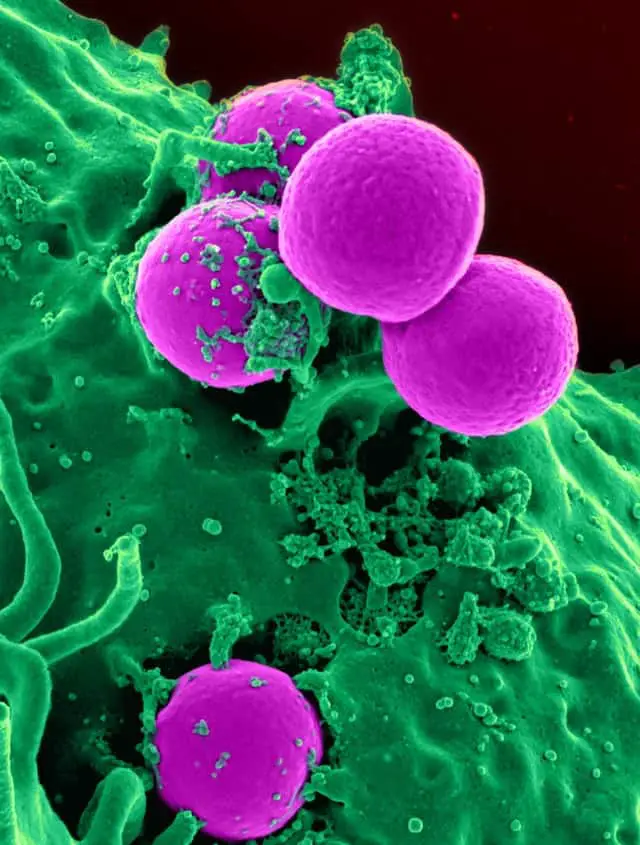Welcome, dear readers, to a journey into the fascinating world of cilia and their crucial role in our respiratory health. So, what could paralyze cilia? In this blog post, we will delve into the intricate workings of cilia and explore what factors could potentially paralyze these tiny defenders of our lungs. So buckle up and get ready to uncover the secrets of cilia dysfunction!
KEY TAKEAWAY
What could paralyze cilia?
Understanding the factors that can lead to the paralysis of cilia (1) is crucial in unraveling the underlying causes of various respiratory and sensory disorders. By identifying and addressing these factors, we can potentially develop effective treatments and interventions to restore ciliary function and improve overall health.
Cilia Dysfunction in Lung Diseases: Causes and Consequences
Cilia dysfunction in lung diseases is a topic of great significance. These microscopic hair-like structures play a pivotal role in clearing our airways by moving mucus and debris out of our lungs. However, various lung diseases can disrupt cilia function, leading to severe consequences.
Conditions such as primary ciliary dyskinesia and cystic fibrosis are among the inherited disorders that impact cilia structure and function, resulting in compromised respiratory health. Understanding the causes and consequences of cilia dysfunction is vital for developing effective treatments and improving the lives of those affected.
Inherited and Acquired Disorders: Impact on Cilia Structure and Function

Genetic factors can significantly influence cilia health (2). Primary ciliary dyskinesia (PCD) is a hereditary condition that causes structural defects in cilia, impairing their ability to function properly.
Similarly, cystic fibrosis, another inherited disorder, affects cilia in the respiratory tract, leading to mucus buildup and breathing difficulties. Besides inherited disorders, acquired conditions such as bronchiectasis and COPD can also damage cilia and disrupt the mucociliary escalator, further highlighting the importance of understanding the impact of these disorders on cilia function.
External Factors Affecting Cilia: Identifying Potential Damaging Agents
Beyond genetic factors, external elements can also pose a threat to cilia health. Cigarette smoking, the use of alternative tobacco products, environmental pollutants, and exposure to certain drugs can all contribute to cilia dysfunction.
These damaging agents interfere with cilia’s ability to beat effectively, compromising the mucociliary escalator’s defense mechanism. Unraveling the impact of these external factors on cilia function is essential for raising awareness and promoting healthier respiratory habits.
Repairing Damaged Cilia: Possibilities and Prevention Strategies

The thought of damaged cilia may sound worrisome, but there is hope for repair and prevention. While cilia damage may not be fully reversible in some cases, research has shown that cilia can regain function to some extent with the right treatments.
Promising approaches like gene therapy and targeted medications are being explored to restore cilia health in certain inherited disorders. Additionally, adopting healthier lifestyle choices and avoiding harmful substances can play a vital role in preventing further damage to cilia and preserving respiratory health.
More on what are the syndrome of ciliopathies.
The Significance of Cilia: Defenders of Respiratory Health
Now, you may wonder, why is it so crucial to protect and care for our cilia? These microscopic hair-like structures are the unsung heroes of our respiratory system. With their coordinated beating, they act as the first line of defense, trapping and expelling harmful particles and germs from our airways.
The mucociliary escalator, powered by cilia, is a remarkable mechanism that ensures our lungs stay clean and free from potential threats. By understanding the significance of cilia, we can make informed decisions to safeguard our respiratory health and cherish the work of these tiny, but mighty, defenders.
More on ciliary proteomics.
Conclusion
As we conclude our journey into the mysterious world of cilia, one thing becomes clear – these tiny hair-like structures are crucial for our respiratory health. From their role in clearing our airways to their susceptibility to various disorders, cilia are a vital aspect of our well-being.
By understanding the causes of cilia dysfunction, identifying potential damaging agents, and exploring possibilities for repair and prevention, we can take proactive steps to cherish and protect these remarkable defenders of our lungs. So let us raise awareness about the importance of cilia and empower ourselves and others to breathe freely and live healthier lives. Remember, every breath we take owes a debt of gratitude to our resilient cilia!
More on diagnosing and treating ciliopathies.
References
- https://www.cdc.gov/tobacco/sgr/2010/highlight_sheets/pdfs/scientific_respiratory.pdf
- https://www.ncbi.nlm.nih.gov/pmc/articles/PMC7167937/
